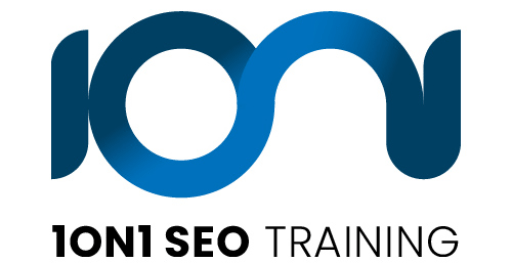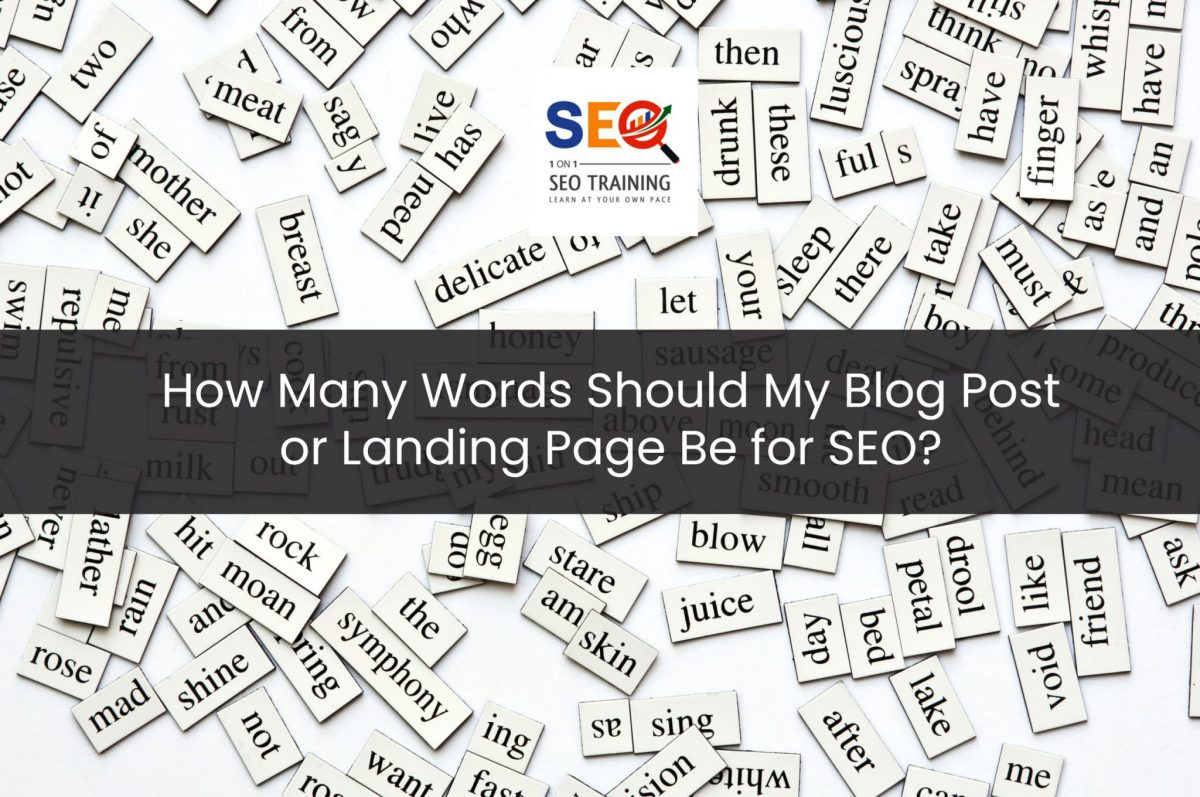What is the best word count for SEO?
Best SEO word count
According to Backlinko, the mean word count of typical results on the first page of Google is 1,447 words.
Consider this number merely a suggestion – a trend across many industries, covering different keywords and user intents. This word count, however, shows us that Google prefers longer content. Moreover, in terms of gaining authentic backlinks or citations, these longer content pieces have a much higher chance of benefiting from backlinks than shorter content.
This is not to say that shorter content will never surface. On the contrary, in searches where there is not enough reliable information to go around (or not many exact searches), write-ups that are only a few sentences long will eventually get pushed up the SERPs. However, in SEO terms, you can expect better performance if your content is longer. However, remember that word count is never the sole factor, but it is a significant signal to the search engine.
If you'd like to make your SEO research more accessible and more productive, we suggest adding a word count field to your Excel sheet for the pages you're examining. You can use tools like this simple Web Page Word Counter so you can get started.
The correct method of research and understanding how word count affects SERPs is by measuring the word count of the top pages for specific searches. Online word counters are helpful because they measure the total word count and the frequencies of different terms within the content.
You may also want to take note of recurring, related terms as Google uses these to understand the context of a piece of content. For example, when Google finds a new page, it tries to understand the text and matches it with intents and queries.
This is the biggest goal of AI/ML in this era of search engines – for computers to better understand natural human language and the terms people use to find the information they need.
Of course, the word count is just one part of the formula for better SEO results. Keep the following in mind, too:
- Make That Favicon Shine
Google uses favicons in mobile search results, and they can affect your click-through rate depending on how high contrast they are and whether they are visible or not. A good favicon can make a difference of a few percentage points, which may seem insignificant, but it does make a big difference if you get it right.
- Optimizing Breadcrumbs
Breadcrumbs appear in Google's search results on both mobile and desktop devices. They could be keyword-heavy breadcrumbs, influencing your click-through rate. Google now obtains its breadcrumbs from a variety of sources. That might be your URL, your schema markup, or your actual page breadcrumbs.
What you want to do is double-check that Google is presenting the breadcrumbs you want them to, using the keywords you specified. Make sure you have breadcrumbs on your page with links and that you're utilizing schema markup. It would be ideal if it matched your URL structure, but this isn't always the case. So don't hesitate to start a breadcrumb audit.
- Meta Descriptions
Let's make those meta descriptions better. According to a recent survey, just 30% of websites use meta descriptions. That's understandable because, according to another study, Google will modify the meta description 70% of the time, mainly because it doesn't include the terms that the user is looking for.
However, let's write better meta descriptions. These new meta descriptions can help motivate people to click. We need to start utilizing keyword-rich descriptions that folks are using, especially when talking to Alexa, Siri, or Google Assistant. When Google uses your meta description, it encourages clicks and acts as advertising material for your website.
- Titles with Numbers
This tip applies to meta descriptions, too. Numbers are usually one of the first things I try in title tags, and they typically generate pretty consistent results. Thus, dates in title tags are frequently successful. Avoid being spammy. If adding any number doesn't make sense, don't include it, and don't just make it up. However, using a number will almost always enhance your click-through rate for any given inquiry.
- BERT Searches for Intent Matches
Google's BERT algorithm employs deep learning and natural language processing to comprehend better queries and what people are looking for. It works in over 70 languages and for nearly every English inquiry.
Google search bots have become much more "conversational" as of late, which is a direct result of the BERT update. In addition, BERT now works in interpreting searcher intent more comprehensively. Google is also telling us that it now understands the human brain better.
What are the consequences of these algorithm changes to content producers?
Here's what we know - websites with content-intent mismatches will likely take a hit. No matter how high-quality or detailed long-form content might be, if it doesn't satisfy the required user intent, BERT will disregard it in favor of another piece of content that does.
It's important to remember that the Google BERT penalty is not algorithmic.
Instead, it's a feature of the search engine that helps users find the most relevant and valuable stuff by interpreting content in the same way that humans do. As a result, it will neither de-rank nor punish websites. Instead, it will simply give preference to companies that provide the most outstanding results.
If your material does not provide what a user is seeking, it is not BERT-friendly, and you will not be able to rank for that keyword in the long run. That's why providing valuable content that fulfills the user's aim might be beneficial.
- Bring Something New To Users
This is an excellent case of "last but not the least." You could forego a lot of experimentation if you produced the most competitive content ever in your market. If you can design content that people want to share and bookmark every time it's found, you will have winning content. Changing the angle is always a good idea:
- Offer a step-by-step guide to attain a vital result
- Offer a case study
- Provide outstanding UX and beautiful site design to support new content
- Curate content
- Offer new strategies and tips in an engaging way




